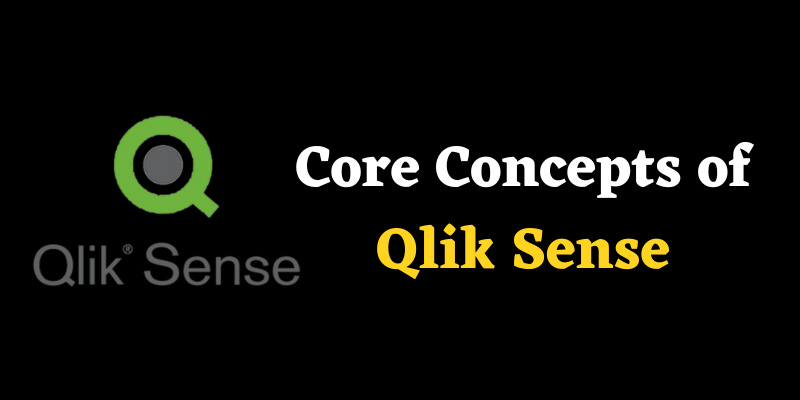
What is Qlik Sense?
Qlik Sense is a data visualization and software analysis program. It uses a powerful QIX engine, which allows users to integrate data from multiple sources and conduct active searches. It is a data analytics program for both technical and non-technical users. Join Qlik Sense Course in Chennai at FITA Academy, which will help you to have a profound understanding of Qlik Sense.
Here, we will discuss the core concepts of Qlik Sense and why Qlik Sense is important.
Core Concepts of Qlik Sense:
Associative Selections:
In Qlik Sense, you can make field value selections, and the associative model will filter out and display only the data values relevant to the selected value. The choice you make can be referred to as an input, and the resulting data set or response indicated by the colours can be referred to as the output.
Applications:
An application is similar to a Qlik Sense file you create to perform a specific analysis. As a result, you can create unlimited applications in Qlik Sense. An app is a data entity that contains dimensions, measures, visualizations, sheets, sheet objects, stories, etc. The data structure remains intact in an application, and you can use it as often as you want for viewing, modifying, sharing, etc.
Sheets:
Sheets in Qlik Sense apps are similar to individual pages in a book. An application can have many sheets. As a result, the sheet serves as a container for all data visualizations and sheet objects. The sheets do not cut the associations or links between data tables.
FITA Academy’s Qlik Sense Online Course offers real-time projects throughout the live session.
Visualizations:
When you load data into Qlik Sense, you will see a list of visualization options. Chart types, tables, maps, texts, images, KPIs, and other visualization options are available. Each sheet object or visualization has its exploration menu from which you can dynamically change the visualization in multiple ways.
Dimensions:
Dimensions are data table fields that are made up of descriptive or informative text values. Dimension values cannot be subjected to mathematical operations. As a result, the x-axis of a bar chart and the slices of a pie chart are usually dimensions.
Measures:
Users perform mathematical operations on measure values. Generally, they plot Measures on the y-axis of a graph or chart. All of the measures are used in some way. These expressions contain available aggregation functions such as Sum, Min, Max, Avg, Count, etc.
Data Searching:
Using the data search tool, we can search all of the data contained within the boundaries of your Qlik Sense application. It’s at the top left of the Qlik Sense app. In addition, the search tool is powered by Qlik Sense’s associative engine. In the search bar, you can perform various types of text searches.
Conclusion:
So far, we have discussed the Core Concepts of Qlik Sense. So, to have a comprehensive understanding of Qlik sense, you can join Qlik Sense Training in Chennai and equip yourself with its functions, key features and benefits.





